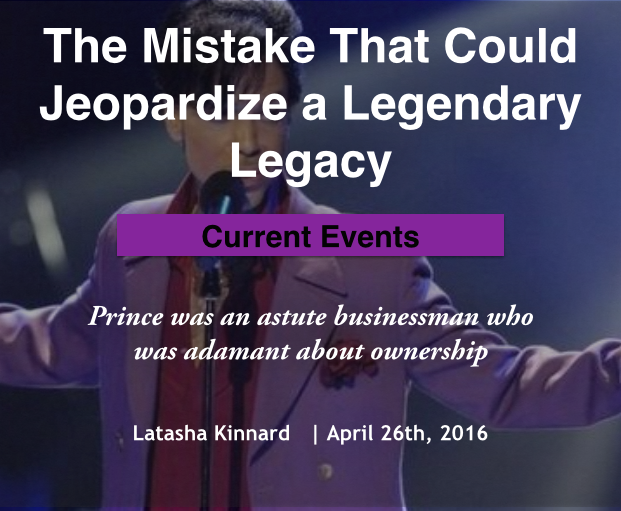Control Your Financial Destiny
In theory, Personal Finance should be easy. After all, it is built on the most basic mathematic principles and involves not even the slightest bit of rocket science. Armed with the knowledge of arithmetic, you would think that most people would be able to easily avoid debt; but in fact, accumulating debt is much more than a numbers game. If it was about addition, subtraction, division, or multiplication, many of us would be prepared to take on the challenge, but in reality, avoiding debt is much more about overcoming outside pressures and finding peace within.
  Truth #1: Staying out of debt is not about learning how to add and subtract. It is about learning how to make decisions that align with who you really are and with who you want to be.
In order to effectively deprogram the thoughts, behaviors, and actions that have been ingrained into your psyche by family, friends, and marketers, I recommend that you use the Stop, Drop, and Think method whenever you are making a financial decision:
STOP believing what the media pushes
DROP your desire to please others
THINK about the impact of your actions
Truth #2: Every decision that you make today will impact how you live tomorrow. This is unequivocally true so choose your actions wisely.
Making a decision that promotes your financial well-being is one of the hardest things you will ever do. It requires sacrifice and self-control, so you should expect for all financial decisions to be made on the battlefield of your mind. Contrary to popular belief, just because you know better does not mean that you will start magically doing better. In order to do better, your knowledge must be activated by a strong emotion that allows your subconscious mind to choose what is right over what is easy. When you stop, drop, and think, you are activating your knowledge and infusing it with emotion to give you the proper artillery that will help you make the right decision. As you continue doing this, your will power will grow stronger.
If you did not happen to make it to this article soon enough and you have a mountain of debt, don’t fret. There are many, many victorious stories of young people who have triumphed over debt. You can be one of them.
When it comes to debt demolition, there are two main methods that are debated:
The Debt Snowball method recommends that you pay off the debts with the smallest balance first in order of least to greatest. The reasoning is that as you pay off those small debts, you will build the confidence needed to stick to the plan. Here is the methodology:
1. Pay minimum balance on all debts
2. Find additional money in your budget to go toward debt
3. Use money to pay off the smallest amount of debt first
4. Once smallest debt is repaid, rededicate all of the funds to the next smallest debt.
5. Wash. Rinse. Repeat….until all debt is paid off.
On the other hand, the Avalanche Method recommends that you pay off the debt with the highest interest first, and continue in order of greatest to least. The reasoning is that you should pay off the debt with the highest interest rate first so that you end up paying as little interest as possible. Here is the methodology:
1. Pay minimum balance on all debts
2. Find additional money in your budget to go toward debt
3. Use money to pay off debt with the highest interest rate
4. Once debt with the highest interest is repaid, rededicate all of the funds to the debt with the next highest interest rate
5. Wash. Rinse. Repeat….until all debt is paid off.
Mathematically, only one of the above methods makes sense. Can you guess which one?
Many financial gurus, including Dave Ramsey, support the Debt Snowball method because it builds confidence…the only problem is that it could end up costing you thousands of dollars in the long run. May I suggest that you find your confidence…within? It is cheaper there.
As an illustration, let us take a look at the real life implications of the Snowball and Avalanche debt repayment methods:
Snowball Method Debt Repayment StrategyÂ

Avalanche Method Debt Repayment Strategy

As you can see, using the snowball method may make you feel better, but it could cost you thousands of dollars in total interest. However ( many don’t mention this)  this is most relevant if you are applying EXTRA cash to your debt. If you only have enough money to pay the minimum payments, the avalanche method will still cost less overall, but likely only by a couple hundred dollars. If you want to see how each method will affect you personally, then feel free to use the simple tool unbury.me. No sign up required and it is really easy to use.
Truth #3: The Avalanche method is best as long as you don’t need a constant ego boost.
But, for those of you who need to feel a sense of accomplishment to help you reach your goal, may I suggest the snowballing avalanche. First, pay of the smallest debt. But once that has been wiped out and your confidence has a little boost, now start tackling debt with the highest interest rate. I can understand why building confidence is important in the beginning, but it gets too expensive to keep this habit up over time. At some point, those baby steps must develop and mature.
Now that you have identified which method works best for you, here are some steps that will help you stay on track:
1. Do not take on more debt. Put credit cards somewhere where you wont be tempted to use them. Freeze them if necessary.  (Don’t cancel them!)
2. Have a separate account that is for your fun and entertainment only. Once the money in that account is gone, so is your fun and entertainment for the month. Money from your main account should automatically deposit your “fun†money monthly.
3. Be consistent. Develop a plan that is easy for you to follow and allows you to feel good about your decisions.
4. Balance future and present planning. Your present self wants to enjoy life, but not at the expense of your future self.
5. Don’t stress out. The most important thing to do is to stick to the plan. If you do that, your debt will consistently get smaller and smaller until it is gone without you having to think about it.
Once you get out of debt you will feel a sense of euphoria and freedom. But don’t let that go to your head. Before you start doing things like going on vacation or buying a house, remember what put you into debt in the first place. I recommend that before you purchase anything new ask yourself these three questions:
1. Can I afford it?
2. Do I value it?
3. Do I need it right now?
If the answer to all three questions is yes, then by all means…indulge.
Truth #4: You have the power to control your future debt. The math is simple.
[mc4wp_form]





